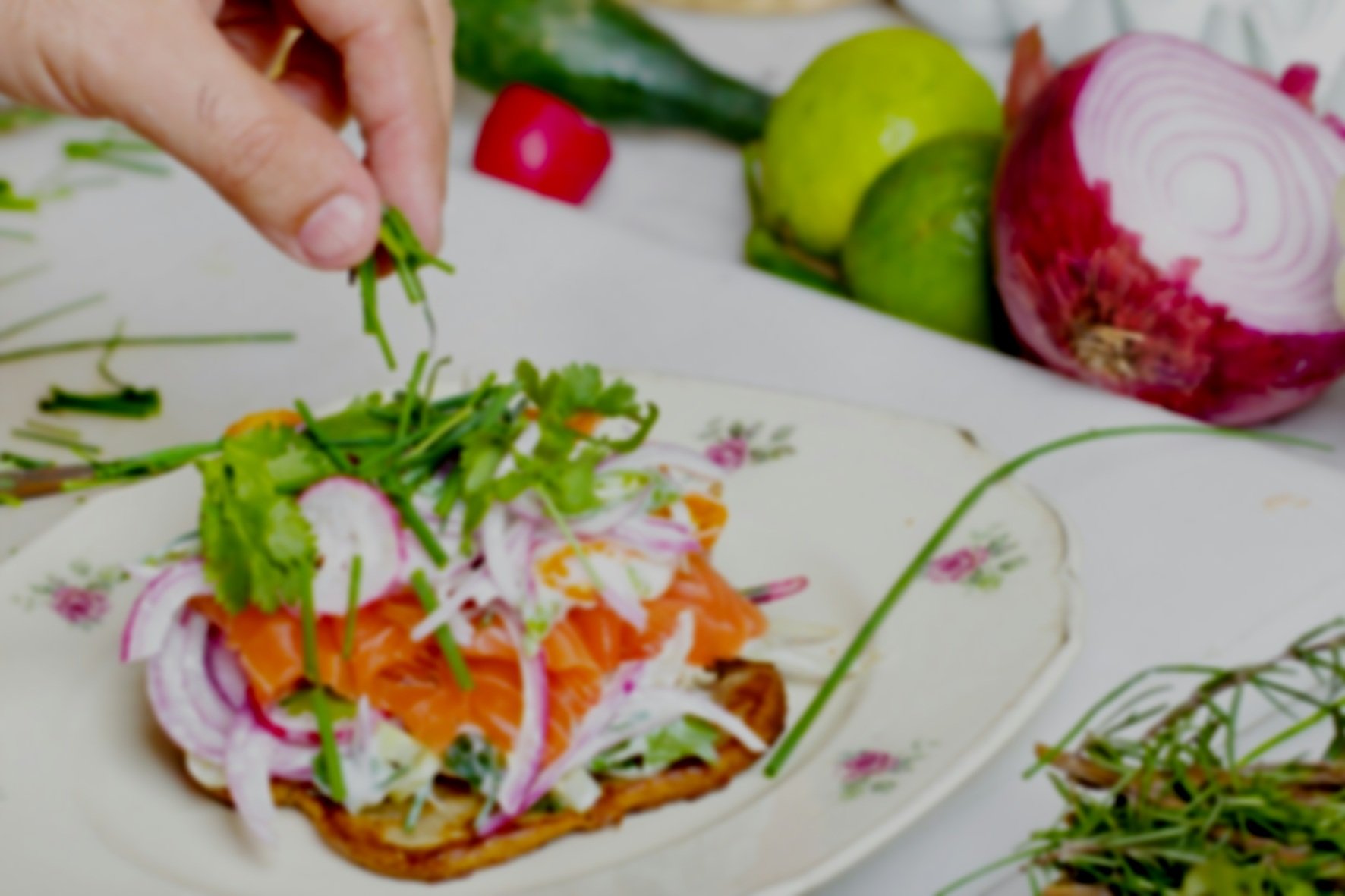
Real-Life Meal Planning Guide for the Busy Professional Women
If you’ve ever felt like eating healthy is just too much work—you’re not alone.
Between long work hours, kids’ schedules, and the general chaos of life, sitting down to cook a balanced meal from scratch every day can feel like an impossible dream. You know you want to eat better, feel better, maybe even lose weight or gain energy—but the how can feel overwhelming.
This is where meal planning comes in—not the rigid, prep-all-your-food-on-Sunday-and-eat-the-same-thing-all-week kind, but a flexible, real-life approach to meal planning that works even when you're tired, short on time, or just don’t feel like cooking.
Why Meal Planning Is the Key to Sustainable Healthy Eating
Healthy eating doesn’t happen by accident. It happens by design.
When you're hungry and there’s nothing ready to eat, your brain will naturally crave whatever is fast, familiar, and comforting. That’s why drive-thrus and DoorDash are so tempting—especially after a long day. Meal planning is your way of staying one step ahead of those cravings by having simple, satisfying, nourishing meals already figured out.
But here’s the thing: meal planning doesn’t mean you have to cook everything from scratch every day.
Let’s face it: who has the time or energy for that?
And who wants to eat the same chicken, broccoli, and rice five days in a row?
The Workday Dilemma: Why You’re Starving by 6PM
One of the biggest reasons people struggle to eat healthy is how poorly they eat during the workday.
Most people skip breakfast, grab something quick (and usually unsatisfying) for lunch, and snack on office junk food or coffee to survive the day. By the time they get home, they’re exhausted, starving, and completely out of willpower—the perfect recipe for overeating, ordering takeout, or binging on junk food.
That’s why it’s essential to meal plan at least one day ahead.
You don’t need a whole week of meals prepped in containers—you just need a plan for tomorrow:
A decent breakfast to start the day with energy
A satisfying lunch that keeps you full and focused
A balanced dinner that doesn’t feel like a chore
At least two snacks to keep your blood sugar steady and prevent energy crashes
This kind of simple, one-day-ahead planning helps you stay fueled during your most active hours—so you don’t come home running on empty.
A Better Way to Meal Plan
Instead of trying to force yourself into a rigid cooking schedule or a repetitive menu, try this more realistic and sustainable approach:
1. Plan for Leftovers — Future You Will Thank You
The easiest way to save time is to cook once and eat twice (or more).
When you're making dinner, simply double the recipe. Use the leftovers for:
Tomorrow’s lunch or dinner
Freezer portions for next week
A base for a different meal (i.e. roasted chicken one night, chicken salad the next)
This simple tweak eliminates the need to cook every single day while still keeping meals fresh and varied.
2. Outsource the Work — Let Someone Else Cook
You don’t have to do it all yourself.
Many stores like Costco, Sam’s Club, or even your local grocery store offer ready-made family-size meals or bulk pre-cooked proteins (like rotisserie chicken, marinated salmon, or grilled steak strips).
Buy them, portion them into individual servings, and mix and match with easy sides like pre-washed salad greens, microwavable grains, or frozen veggies.
Examples:
Rotisserie chicken + bagged salad + frozen sweet potatoes
Costco stuffed bell peppers + green beans
Pre-made meatloaf + mashed cauliflower
This saves hours of cooking while still giving you the nutrition and satisfaction of a home-style meal.
3. Have an “Emergency Meal Plan” for Crazy Days
No time, no energy, no patience—but still want to eat something decent?
That’s where your Emergency Meal Plan comes in.
Think of it like your personal fast food plan—except faster, healthier, and cheaper.
Stock your pantry and freezer with quick-to-assemble items that can become a meal in 10–15 minutes or less:
Noodles + pre-cooked meat or canned chicken + frozen veggies
Toast + tuna salad + sliced tomato or avocado
Canned soup + frozen rice + protein
Scrambled eggs + microwavable brown rice + salsa
Frozen veggie burger + whole grain bun + baby carrots
No recipes. No meal prep. Just throw-together meals that get the job done—without blowing your goals.
Healthy eating doesn’t have to be hard.
It doesn’t mean spending your Sunday in the kitchen or eating grilled chicken every day.
Real-life meal planning is about giving yourself options—some days you cook, some days you outsource, and some days you just survive with your emergency stash. That flexibility is what makes meal planning sustainable, and sustainability is what creates lasting results.
So the next time you feel like you “should” eat healthier but “don’t have time,” remember:
You don’t need to be perfect—you just need a plan.
Want help getting started?
Healthy eating doesn’t have to be hard.
It doesn’t mean spending your Sunday in the kitchen or eating grilled chicken every day.
Real-life meal planning is about giving yourself options—some days you cook, some days you outsource, and some days you just survive with your emergency stash. That flexibility is what makes meal planning sustainable, and sustainability is what creates lasting results.
So the next time you feel like you “should” eat healthier but “don’t have time,” remember:
You don’t need to be perfect—you just need a plan.
Ready to make meal planning work for your lifestyle?
Schedule an appointment today so I can create a personalized nutrition care plan and a custom 7-day meal plan just for you—tailored to your body, your schedule, and your real life.